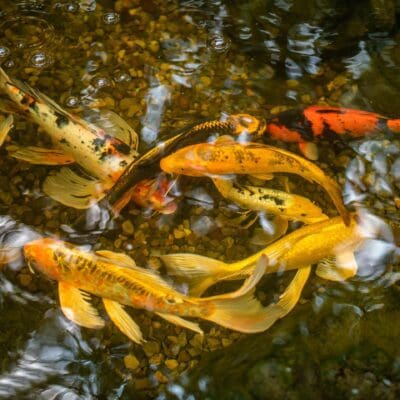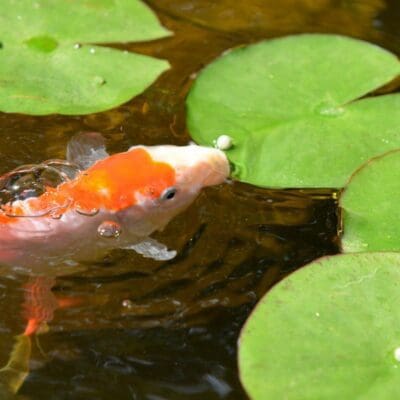Mechanical Filters for Ecosystem Ponds
A well-maintained pond relies on efficient mechanical filters to keep the water clean and clear. In this guide, we’ll explore different types of pond filters, including skimmers, intake bays, and negative edges, to help you choose the best filtration system for your ecosystem pond.
1. What is a Mechanical Filter?
Mechanical filters are essential for any pond system as they removes debris, leaves, and fine particles from the water. It helps maintain water clarity and improves overall pond health.
Skimmer Filter: The Standard Option
- Function: Houses the pump, collects debris, and controls water overflow.
- Components: Skimmer basket (collects large debris) and a fine filter mat (captures smaller particles).
- Maintenance: Regularly remove debris and clean the filter mat.
2. Upgraded Mechanical Filters: Intake Bay vs. Negative Edge
Intake Bay: Lower Maintenance Alternative
- Works like a skimmer but doesn’t collect fine debris.
- Reduces maintenance, as large debris is easily removed with a net.
- Better for large ponds, where a skimmer might clog too quickly.
- Ideal for wildlife ponds, preventing animals (e.g., turtles or fish) from getting trapped.
Negative Edge: The Ultimate Low-Maintenance System
- Functions like an intake bay but with a waterfall rock that helps skim debris naturally.
- Stores extra water underground, reducing the need for frequent refills.
- Minimal maintenance, as it avoids the use of filter mats.
- Higher cost, but offers a natural aesthetic and better water circulation.
3. Choosing the Best Filter for Your Pond
- Small ponds: Skimmers work best.
- Large ponds with heavy debris: Intake bays provide better efficiency.
- Natural-looking waterfalls & minimal maintenance: Negative edge systems are ideal.
Each pond filtration system offers unique benefits. Whether you choose a skimmer, intake bay, or negative edge, the right filter will keep your pond healthy and beautiful with minimal effort.


